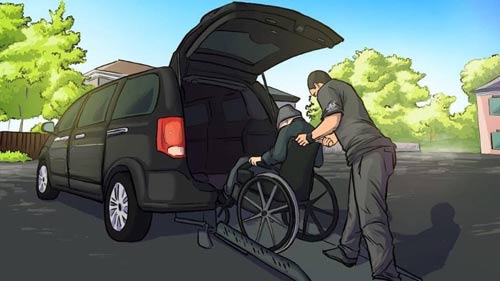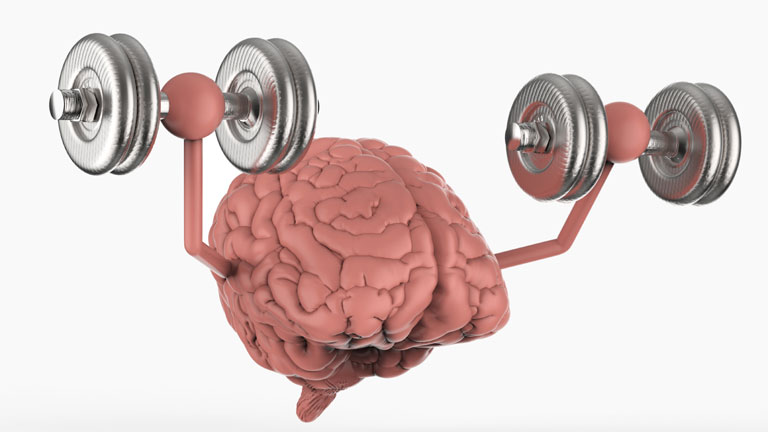
If you have a loved one who is aging, it may be a good idea to consider a service like non-emergency medical transportation. This type of transportation is perfect for the elderly as it provides a reliable way to get to appointments. Also, Medicaid coverage is available for this service.
Medicaid Coverage of Non-Emergency Medical Transportation
Medicaid Coverage of Non-Emergency Medical Transportation (NEMT) helps low-income beneficiaries to access medical care. It can be provided by a taxicab, livery service, or public bus. Some private insurers also provide NEMT to their customers.
NEMT is a benefit that is required by federal law. States can administer NEMT benefits directly or through third-party transportation brokers. These options give states flexibility in how they manage their Medicaid programs.
NEMT is an important benefit that many low-income individuals rely on for getting to their doctor’s appointments. For people with chronic diseases or disabilities, a lack of transportation can limit their ability to receive medical treatment. This can increase their risk of developing more health issues.
Despite the importance of NEMT to Medicaid beneficiaries, there have been reports of fraudulent practices. NEMT providers have been subject to investigations by the state Medicaid Fraud Control Unit, which resulted in criminal convictions and settlements.
NEMT providers must offer transportation to and from their patients’ appointments, and the corresponding expenses must be covered.
The Centers for Medicare & Medicaid Services, the agency that oversees the design and operation of the state Medicaid programs, has identified NEMT as a program area at risk. In response, policymakers have begun reexamining the use of this benefit.
Currently, Medicaid coverage of non-emergency medical transportation is mandated by federal law. States have flexibility in how they administer this benefit, including waivers that limit its availability.
NEMT is used most frequently by Medicaid beneficiaries to access preventive care, dialysis, physical therapy, adult day health care, and specialist visits. However, NEMT is not always the most affordable form of transportation. A number of factors can influence a person’s ability to obtain transportation, such as their medical condition, cognitive limitations, or their lack of a valid driver’s license.
NEMT is an integral part of Medicaid’s program, and policymakers have recently begun reexamining the role of the benefit in promoting access to health care. While some states have been given federal waivers to eliminate the NEMT benefit for new groups of adults, others have committed to maintaining it.
A reliable way to get to appointments
It can be difficult to make it to medical appointments if you don’t have family or friends to help you get there. However, there are reliable ways to find transportation.
First, you can check with your doctor. They can provide guidance on how to find the best transport. Next, you can visit a local transit station and buy tickets.
There are also ridesharing services. Uber and Lyft are two examples. These services don’t require you to call in advance. Depending on your location, you may need to call a few companies to get the best rate.
Another option is to use the services of a transportation broker. Brokers are able to arrange transport to health care providers outside of your neighborhood. A broker’s job is to match your transportation request with the right vehicles and routes. Generally, it can take up to two business days to schedule your transportation.
The Transportation Research Board has found that nearly four million Americans miss out on needed medical care due to a lack of transportation. To make things even worse, most people lack access to working vehicles. This creates a real challenge for those with a disability or chronic illness.
In order to make use of this service, you need to have the proper insurance. Fortunately, some programs allow you to bring an additional person along for free. You can also apply for gas vouchers. Lastly, you may have to pay a copay.
There are many different types of non-emergency medical transportation options. The best way to find the right service for you is to contact the provider directly. Most hospitals partner with rideshare services to ensure that their patients get where they need to go.
NEMT is a useful service if you don’t have the time or energy to drive yourself. For many people, it’s not feasible to drive because of vision impairments or lack of physical capabilities. Whether you need a ride to the emergency room or a ride to therapy sessions, a NEMT service can get you there. Using this service can be especially helpful if you live in a rural area.
Ideal for the elderly
Non-emergency medical transportation (NEMT) is a good way to go about ensuring your senior loved ones get the care they need. These services are designed to ensure a smooth and comfortable ride to and from the hospital. The benefits of such a service include facilitating access to non-emergency medical appointments, prescription medications, and therapy sessions. It also helps seniors maintain their independence, which is essential for maintaining health.
Having a NEMT provider at your fingertips can save you from the aggravation of driving yourself and can keep you safe from traffic violations. This is especially true in rural areas where seniors face unique transportation challenges. Some NEMT providers offer discounted or free services. In the United States, NEMT is regulated and regulated by individual states.
You can opt for a door-to-door service or opt to share the driving load with others. Ridesharing is a popular option, where multiple passengers can ride in a single vehicle. If you’re considering non-emergency medical transportation for a senior, check with your insurer first to make sure your policy covers your needs.
In addition to the usual suspects, some communities have arranged for special public transportation or NEMT programs. Among the most notable of these are the Supplemental Transportation Programs for Seniors (STPs), which are operated by staff and volunteers. Although the program is free, some seniors may have to pay a small fee for transportation.
Other options include local buses and the metro. For those who need a little more assistance, a para-transit service provides transport for the physically challenged.
Regardless of the method you opt for, it’s important to remember that if you or your aging loved ones need transportation, a little effort on your part will yield a positive return. The non-emergency medical transportation industry is a booming one, and you might be able to earn a tidy sum doing something you enjoy. From social activities to church and groceries, a non-emergency medical transportation business is the perfect way to earn extra money while keeping your ole bones happy.
Competitive landscape
The Competitive Landscape for non-emergency medical transportation is evolving as a result of the rising demand for services that are safe and prompt. As a result, healthcare providers and transportation network companies are working together to improve patient safety and scheduling concerns.
With the help of technology, people are able to request transportation on demand. Additionally, non-emergency medical transportation companies are able to use technology partnerships to differentiate themselves from competitors. However, to take advantage of this opportunity, organizations must understand the market dynamics.
The growth of the non-emergency medical transportation market is driven by the rising aging population. This demographic is expected to increase by more than 20 percent by the end of the forecast period. In addition, an increasing number of chronic illnesses and traumatic accidents are also driving the demand for ambulance services.
Non-emergency medical transportation services are also used for other purposes such as kidney dialysis, prenatal care, and chemotherapy. These services require reliable and affordable transportation. Several challenges are faced by the industry, including a lack of efficient oversight systems and inadequate oversight of transportation companies.
Technology will also play a vital role in the development of the non-emergency medical transport industry. This is because it will enable products to acquire a wider range of downstream applications. Moreover, it will also enhance the integrity of programs.
Another key factor impacting the market is the rising need for hospital visits for non-emergency care. As a result, managed care organizations are focusing on digitizing their operations. They are leveraging the advantages of non-emergency transportation services by working with Transportation Network Companies (TNCs).
Healthcare organizations and transportation network companies are partnering with automobile makers to ensure reliable, safe, and on-demand transportation for patients. Additionally, they are also forming relationships with doctors. By doing so, they are able to increase their market share.
Other factors that will shape the non-emergency medical transportation industry include new technological advances and the introduction of the Internet of Things. For instance, transportation network companies can be integrated with the public cloud to offer services such as on-demand requests. Furthermore, technology can strengthen the integrity of the program and provide customers with a reliable and convenient experience.




